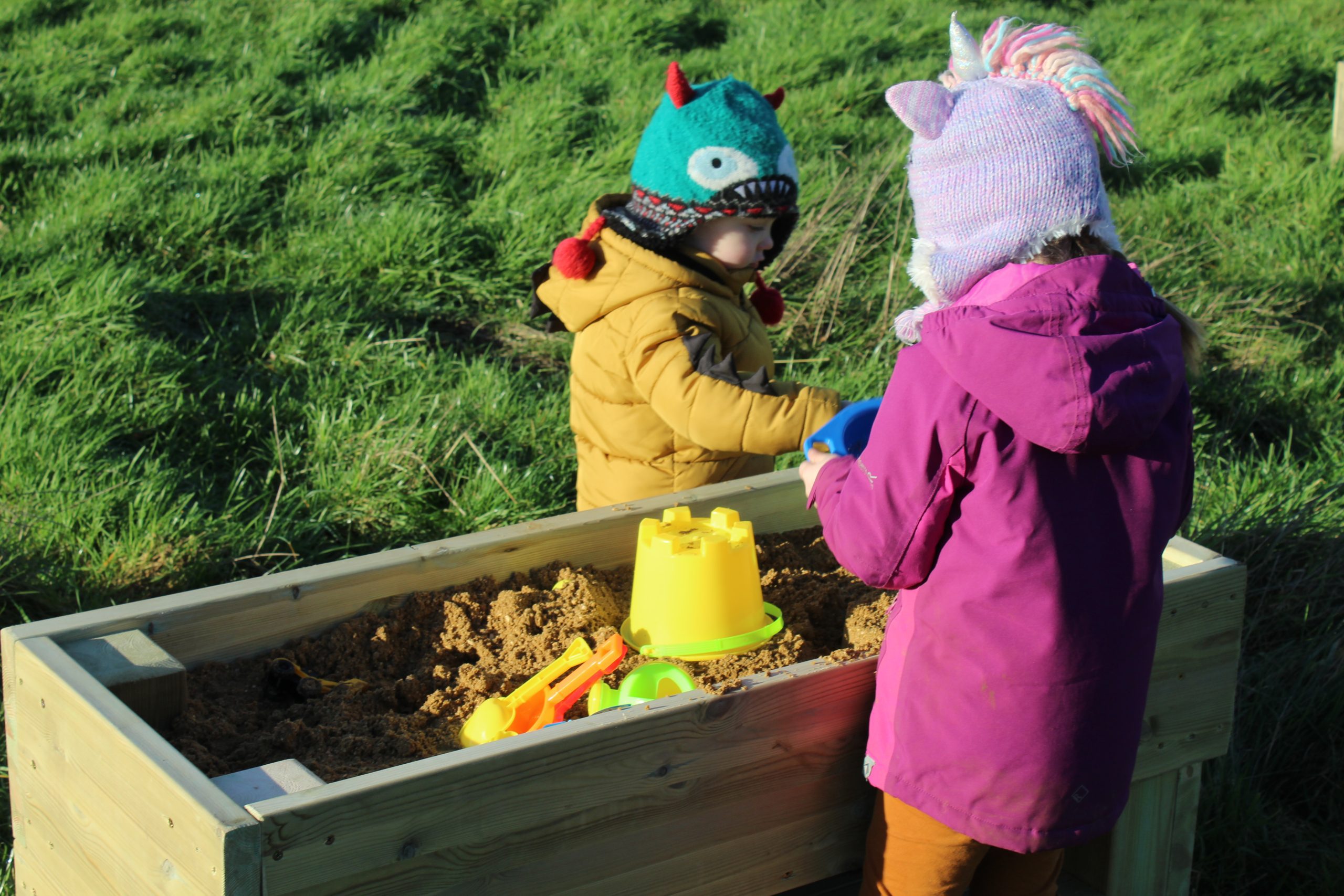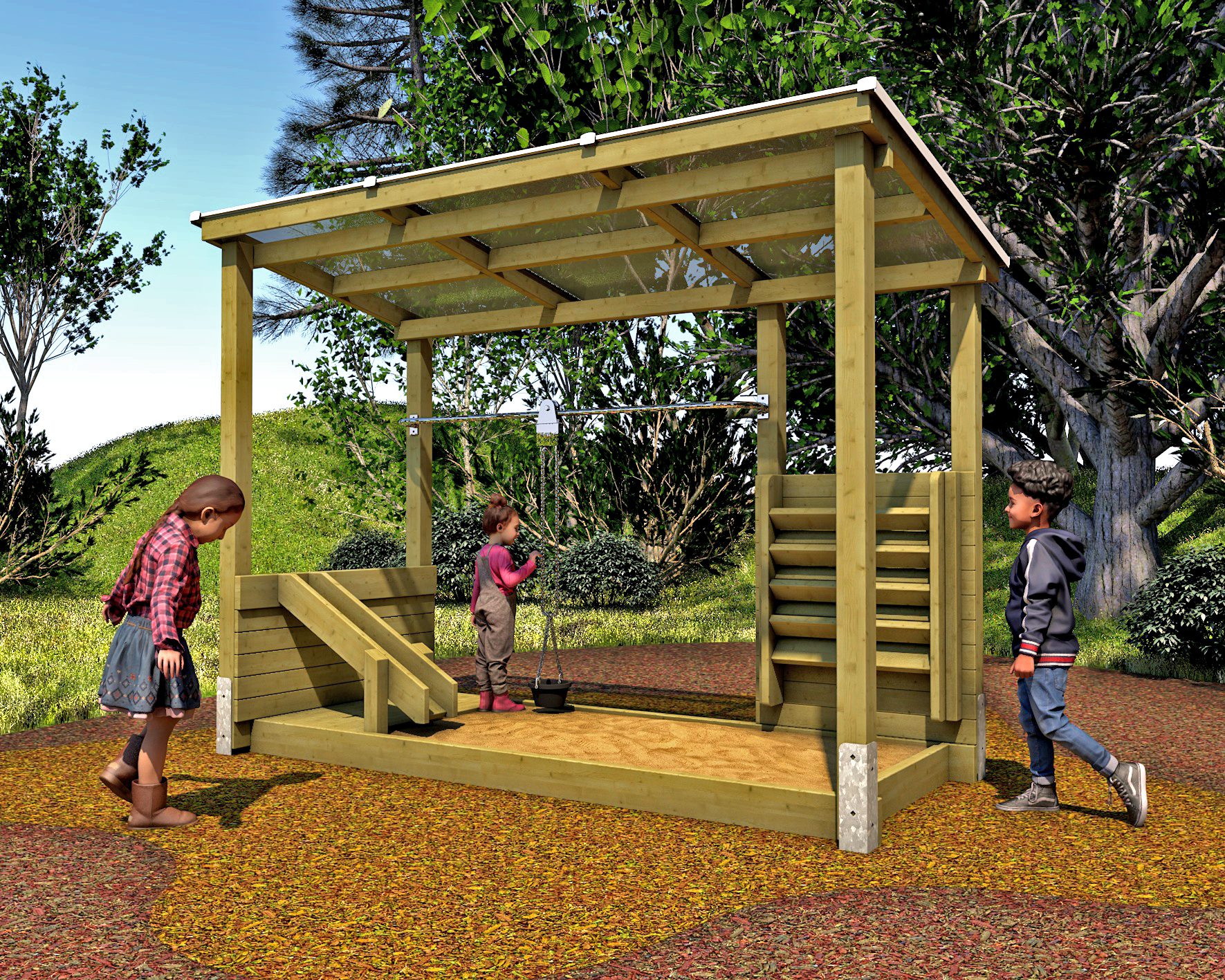The Physical Benefits:
- Fine Motor Skills Development: Handling sand through scooping, pouring, or shaping strengthens the small muscles in children’s hands and fingers, essential for tasks like writing and tying shoelaces.
- Sensory Stimulation: Sand provides a rich sensory experience with its varying textures, temperatures, and consistencies, helping enhance sensory integration.
- Hand-Eye Coordination: Tasks like pouring and digging in sand improve hand-eye coordination, a skill that translates to many other aspects of learning.
The Cognitive Benefits:
- Creativity and Imagination: Sand activities are open-ended, sparking creativity as children design landscapes, construct structures, and invent imaginative scenarios.
- Problem-Solving Skills: Children naturally encounter challenges while working with sand, encouraging them to think critically. They may figure out how to stabilise a tower or redirect the flow of a pretend river.
- Mathematical Concepts: Sand offers a natural way to explore math concepts like volume, measurement, and spatial relationships as children fill, pour, and build.
The Social and Emotional Benefits:
- Cooperative Play: Sandboxes encourage shared play. Children collaborate on building projects, fostering teamwork and communication.
- Emotional Regulation: The sensory nature of sand can have a calming effect, offering an outlet for emotional expression and helping children self-regulate during stressful times.
- Communication Skills: Sand activities require verbal and non-verbal communication, helping children improve their ability to express ideas and work together.
Practical Applications in Schools:
- Sand Play Stations: Designate areas with tools and molds for children to explore and create during playtime.
- Integrated Learning Activities: Use sand in curriculum activities, such as for letter formation, math exercises, or creating landscapes for history lessons.
- Outdoor Sand Gardens: Create outdoor spaces with sand tables, digging pits, and sculpting areas to provide a dynamic environment for structured and unstructured play.
In early childhood education, sand activities are both fun and enriching. As children play with sand, they aren’t just building castles—they’re developing physical, cognitive, and social skills. By incorporating sand play in schools, we foster creativity, problem-solving, and social intelligence. Each grain of sand becomes a building block for a brighter future.













